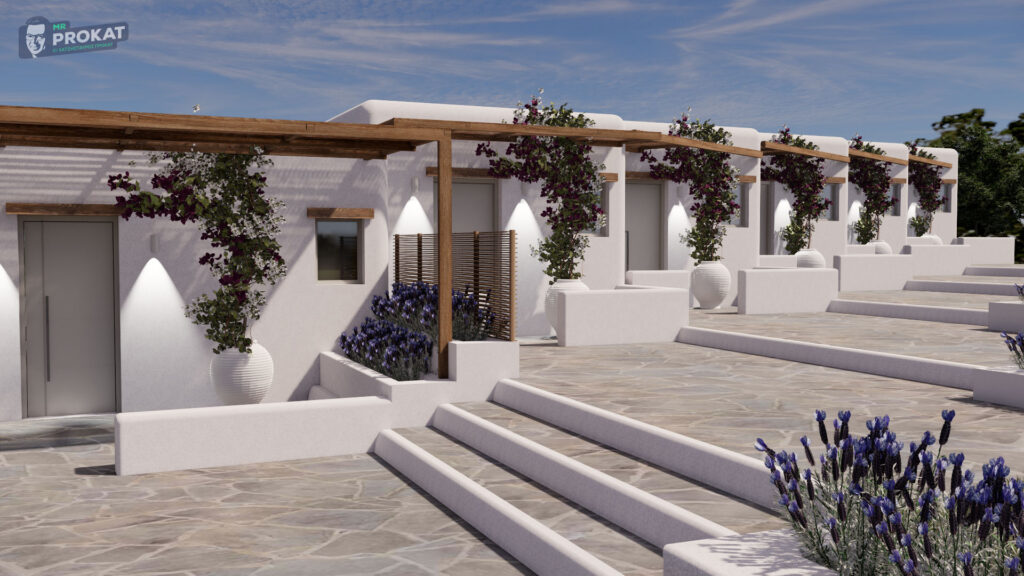“Housing and construction: where society meets the market”
Prospects and Benefits of Prefabricated Building in the Greek Construction Market
The rapid increase in demand for housing, especially from young couples, combined with the explosion of short-term rentals and tourist infrastructure, has put the property market at the centre of attention of both society and the market. These developments, along with international trends, have led to a significant increase in the cost of construction and acquisition of housing, making it difficult to implement investment projects.
According to recent studies by ELSTAT on the construction sector, construction costs in Greece have risen sharply in the last five years. In particular, construction costs for conventional reinforced concrete structures have risen by 40%, while the daily wage has increased by 30% and materials are 40% more expensive. At the same time, the demand for permanent housing, due to the rapid increase in short-term rentals, has quadrupled, while the demand for tourist housing has doubled. This has created a climate where construction costs are constantly rising, making it more difficult for households and businesses.
The Prefabricated Building Solution
In the face of this increased financial burden, the need for more cost-effective solutions in the construction sector becomes imperative. Prefabricated construction is emerging as a promising option that can meet the increased demand for housing while reducing construction costs.
Over the last 15 years, prefabricated construction has established itself as a safe and reliable choice for the construction of houses in Greece. Companies in the industry use modern materials and technologies to offer solutions that meet all the necessary certifications, such as energy class A, seismic specifications and architectural flexibility. This has led to a significant increase in the market share of prefabricated construction, from just 5% 15 years ago to around 12% today.
Benefits and Development Prospects
The dynamics of prefabricated construction are not limited to housing. This trend is also expected to expand in the tourism construction sector and in particular in low-rise hotel projects. The insurance coverage of these constructions, the possibility of obtaining loans through housing loans, as well as subsidies through development laws and NSRF, provide significant incentives for individuals and entrepreneurs to turn to prefabricated construction.
In addition, flexibility in architectural design and rapid implementation of projects are important advantages, especially in an era where lead times and costs are key factors in the success of an investment. At the same time, the construction of prefabricated buildings can contribute to reducing environmental impacts, as they are often based on more sustainable and environmentally friendly techniques and materials.
Challenges and Improvements
Despite the significant benefits of prefabricated construction, there are still challenges to be addressed. One of the key issues is the lack of expertise of civil engineers and architects in the modern trends of prefabricated construction. In order to strengthen the presence of this method in the Greek market, it is necessary to invest resources in the training and specialization of professionals in the sector.
In summary, prefabricated construction offers an excellent prospect for the Greek construction market. It responds to the need for cost reduction and faster delivery times, while offering quality construction with high levels of safety and environmental sensitivity. With proper support and further training of industry professionals, it is expected to gain an even larger market share in the coming years, helping both individuals and businesses to implement their projects more efficiently and economically.
Petros Hadjistavros, Owner mr Prokat



